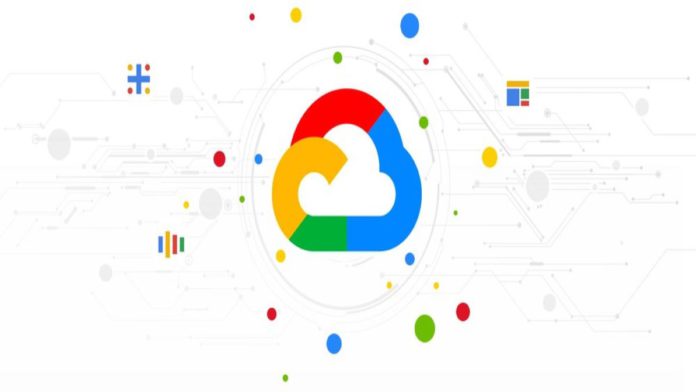On 19th May 2021, Google launched Vertex AI, a managed platform to help ML engineers and data scientists build, deploy, and manage machine learning projects. On Tuesday, Google introduced new Vertex AI tools, and Google partners also released new applications for Vertex AI.
Unlike Google Cloud, Vertex AI requires 80% fewer lines of code while training a model. It also enables users to implement MLOps for building machine learning projects throughout the development life cycle.
Vertex AI will unify Google Cloud services for simplifying building, training, and deploying machine learning models. With Vertex AI, machine learning engineers and data scientists can access toolkits including language, computer vision, conversion, and structured data used internally to power Google.
Read more: Manchester United appoints its First Data Science Director
Vertex AI comes with new MLOps features like Vertex Vizier, Vertex Feature Store, and Vertex Experiments that will increase the rate of experimentation and speed up deployment of models into production. Features like Vertex Continuous Monitoring and Vertex Pipelines will improve model management by eliminating self-maintenance and streamlining end-to-end ML workflow.
Google’s primary new tool for the Vertex AI machine learning platform is the Vertex AI Workbench. It’s currently available in preview. The Workbench empowers data scientists to build and deploy ML models faster. Google has also predeveloped APIs for computer vision, structured data, language, and conversation, which will enable the rapid creation of machine learning models.
o9 Solutions, a Google partner, today unveiled the Vertex AI Forecast. It’s currently in preview and is expected to be widely available by the first quarter of 2022. Forecast uses machine learning models and data sets to understand the relationship between machine product demand and pricing, promotions, weather, competitive actions, and Google Search trends.


